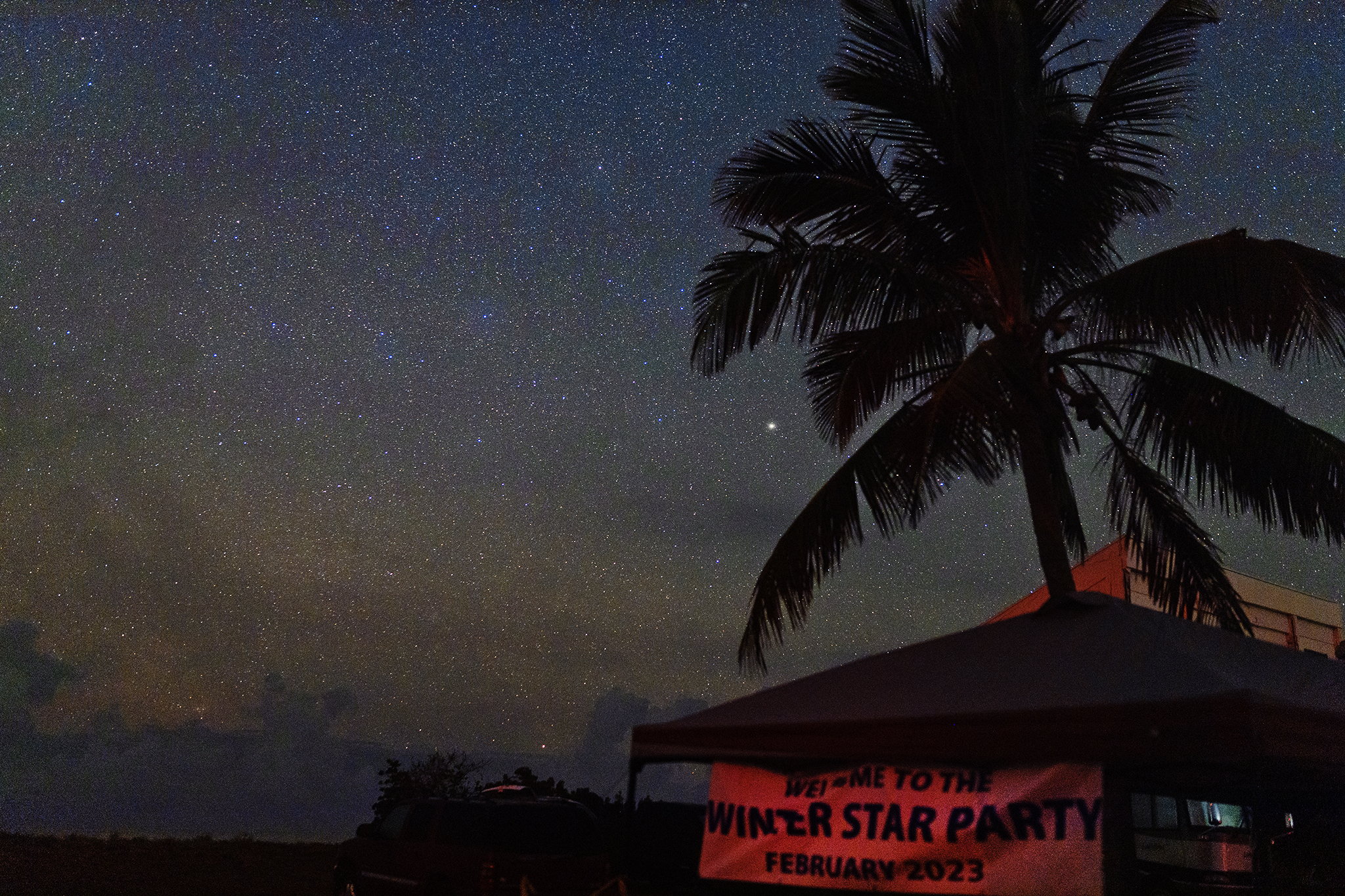Forgive a departure from astrophotography please. I’d like to drone on a bit about photography, imaging ethics, and “fake” stuff if you’ll humor me. There’s a pretty transparent correlation to astrophotography if you’ll read to the end, I think.

While looking through my archives for something else, I came across this image I took from my hotel room near Cherry Springs Pennsylvania several years ago. I remember the moment quite well. It was a cloudy morning with lots of fog. Even though completely overcast it was still somehow bright, the green was so vivid, as was the red of this barn. This isn’t “how it came out of the camera”, cameras are linear sensors and very unlike the human visual system. I “Photoshopped” it of course. I cropped the image some, applied some curves for tonal adjustments (again, the camera/display has nothing on the human visual system), and color saturation. This is what I remember seeing, and despite my adjustments, the image is actually far more faithful to the actual scene than my memory is. It is in my opinion, a very nice record of a nice moment in time that I was privileged to experience. Through the medium of photography, I can even make a meager attempt to share it with others.
A few years ago, I joined the local camera club, hoping to perhaps become a better photographer of the terrestrial kind. They had great guest speakers and had regular contests. Contests are a great way to measure yourself against yourself and others, and the judges gave detailed and useful critiques of the images submitted. It was a good way I thought to get advice from “really good actual photography experts”.
This image would never have won, and I’ve watched enough images of others get judged that I can easily tell you how to fix this photograph and turn it into a winner. Start with clone brushing those distracting poles and power/telephone lines away. They take away from the natural beauty of the landscape. Next is that white building and little house to the left that draws the eye away from the barn. Easily removed with content aware fill. At least one in four judges would replace that large blank expanse of sky with blue and puffy clouds. Perhaps sliding that “temperature” slider a bit more to the warm to compensate on the landscape.
Congratulations. However, it is no longer a photograph. It is no longer a record of an amazing moment in time. It is something else now. It is an image, but not a photograph. (I did in time drop out of that camera club as I am already sufficiently skilled in Photoshop.)
Don’t get me wrong. There is absolutely nothing intrinsically wrong about creating such an image. It might go on a billboard for the dairy farmers association, perhaps with some AI generated cows, or be the cover of a novel about how Jim Bob Walton’s life turned out in the 1960’s, etc. There is pride and perhaps a living to be made creating such images. Doing it well requires considerable artistic and technical talent to be sure and there is nothing unethical or bad about it at all, but it’s not photography anymore, is it?
We need a word for this other thing. “Imaging” comes to mind and is often the choice of others, but I hate using it that way. I’ve always used imaging as a verb, the acquisition of data, the result of which was a photograph, be it a single image such as this, or many hours of data for an “image” of a beautiful astronomical object. These objects are “photoshopped” to be sure, but true to the object’s essence. Colors can be over amplified certainly, even substituted. No two people actually see colors the exact same way, so please don’t get on a high horse about what something that can’t actually be seen actually should look like. However, that galaxy with four arms really has four arms, and the stars you see are really there, and sure under the right circumstances they may even look purple. Why so many people make hydrogen nebula orange, I’ll never understand… but if you think color is an objective reality, you should read some books on color theory and human perception. I digress. (Orange is still hideous to me, but if it suits you, you don’t need my blessing.)
Space art, like the hypothetical heavily altered imaginary barn image is not just art. Art is a beautiful and necessary thing in the world. It has utility, regardless of whether some of us care for it or not and is appreciated by at least it’s creator if no one else. If you have any understanding about the human condition at all then you will also truly understand that meeting the needs of the artist alone is all the justification required. Yours or my approval is not required.
Technology is moving forward so much faster than our ability to adapt and I look forward to getting past these growing pains… if I live that long. Recent advances in AI have made a great deal of artistic license available to a greater number of people than ever and made it even easier to wield. Synthetic images are hard to distinguish from photographs, and it’s been this way for a while now already. I often see the word “imaging” attached to this craft, and I may have to abandon my accustomed view of the word. Still, I hope we can find a way to recognize that photography still has its place, and more people will have an innate knowledge and respect to know the difference, and not mistake or substitute photography with… well, I still don’t know what the right word should be. I’m sure we’ll figure it out in time.




















